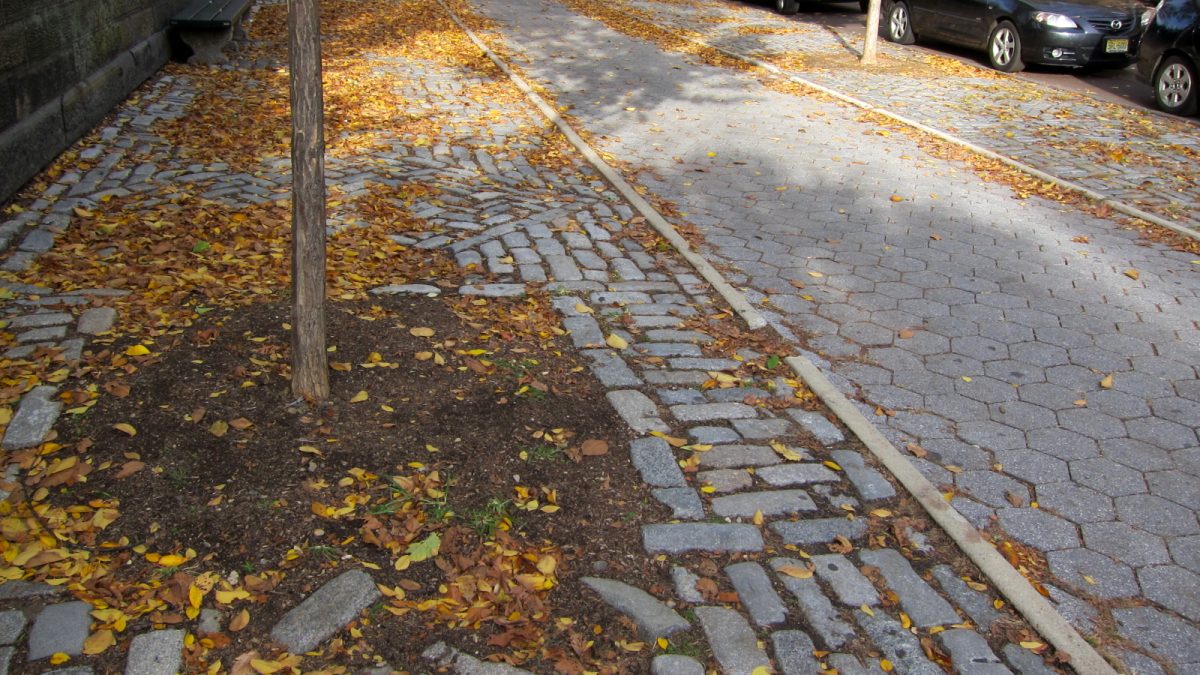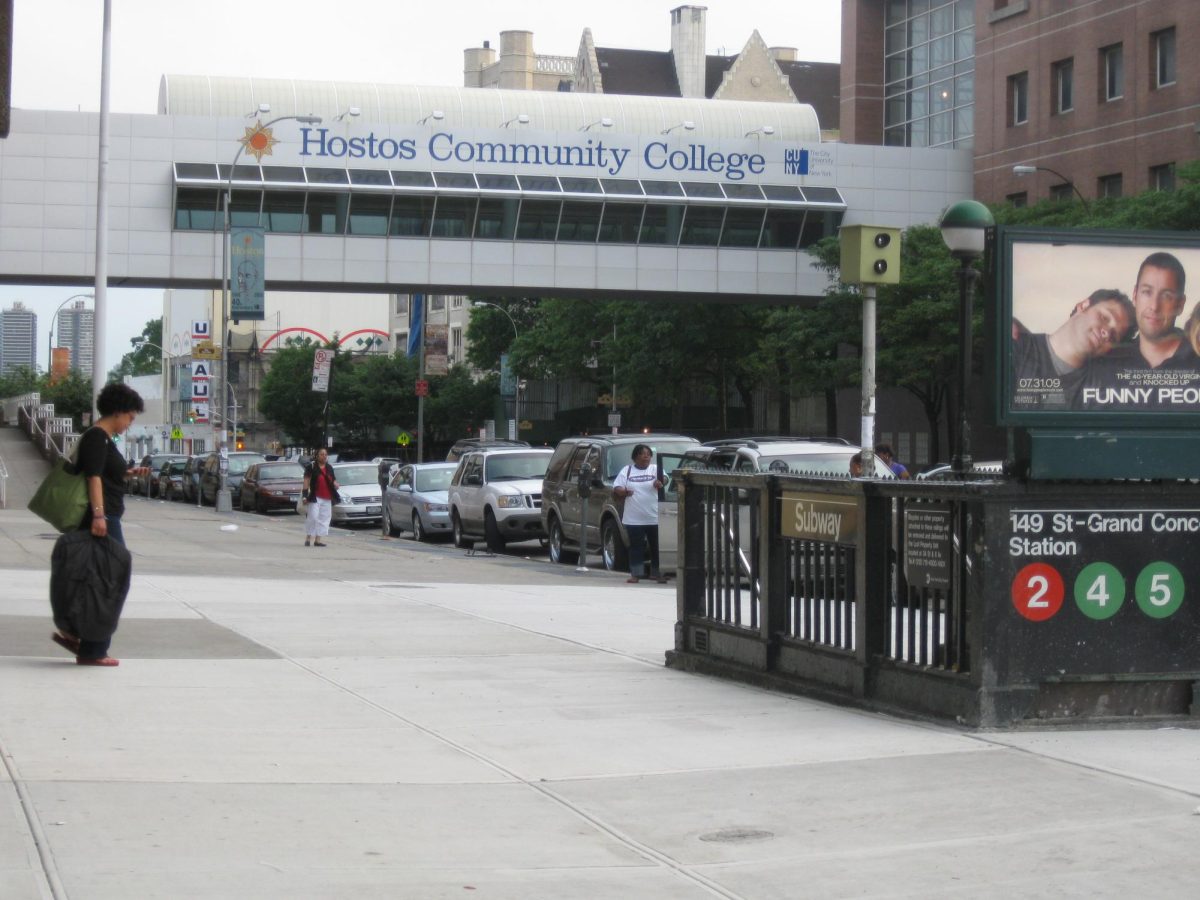In 1858, architects Frederick Law Olmsted and Calvert Vaux built Central Park, New York’s world-famous recreational public park. While the park itself gets all the fame, an aspect that many seem to be overlooked is the park’s perimeter.
Established in the 1930s and 40s, this six-mile walkway consists of hexagonal asphalt tiles and granite blocks laid out in aesthetically pleasing patterns. According to Elizabeth Smith, the president and chief executive of the Central Park Conservancy, the outer sidewalk was designed to feel like “you’re not in the city anymore.”
Unfortunately, after nearly a century of use, the sidewalks have deteriorated, creating legitimate safety hazards. Tree roots have lifted sections of the pavement, making the ground bumpy and uneven.
Last year, there were multiple accidents where people suffered injuries due to the park’s decrepit condition. In one instance, a mother of three sustained critical injuries after being struck by a massive elm tree in Central Park. She eventually filed a lawsuit against the conservancy and the city and was awarded a $5.5 million settlement.
Another New York City resident filed a lawsuit, stating that she fell due to poor sidewalk maintenance.
A crucial feature of a sidewalk is that it should be accessible to everyone. In its current state, that has not been the case. Degraded pedestrian ramps and bumpy paths have made it difficult for those who are simply trying to enjoy the park. “Sidewalks are the ultimate public space,” Anastasia Loukaitou-Sideris said, a professor of urban planning at the University of California.
“They exemplify openness and democracy. They’re supposed to be the most public of public spaces. To be that, they really have to be open and accessible to everyone, regardless of age, gender, disability, race, ethnicity — all the variables.”
The Central Park Conservancy is working to remedy this problem. Thanks to funding from the conservancy and the city, the restoration project of the sidewalks of 108 blocks is underway, and there is already considerable progress being made. Given a budget of $600,000 per block, about a third of the blocks have been fully restored, along with six more blocks currently in the process of being fixed.
Although there is no estimated completion date for the entire project, the team has stated that the current phase of work, the restoration of the Fifth Avenue perimeter between 90th and 96th Streets, should be finished by 2028.
The reconstruction plan includes installing flatter, more regularly shaped granite block pavers, replacing the central walkway’s hexagonal tiles, closing tree pits where tree plantings are not appropriate and planting new trees where necessary.
The conservancy aims to strike a delicate balance between accessibility with the preservation of the park, especially its trees. Existing trees on the perimeter will be maintained and not taken down. As the tradition of the park, oak trees will be planted along the west side, along with elm trees on the east. The group has planted 58 trees so far, being mindful not to disturb other roots and wildlife.
Central Park prides itself on being the home of American elms. With the Dutch elm disease spreading across North America, killing more than 90% of the population, it is more important than ever to protect these trees; to protect such a vital part of what makes the park so special.
With this project, the Central Park Conservancy is taking steps to ensure that the park’s walkways are safe and accessible for everyone to use.










